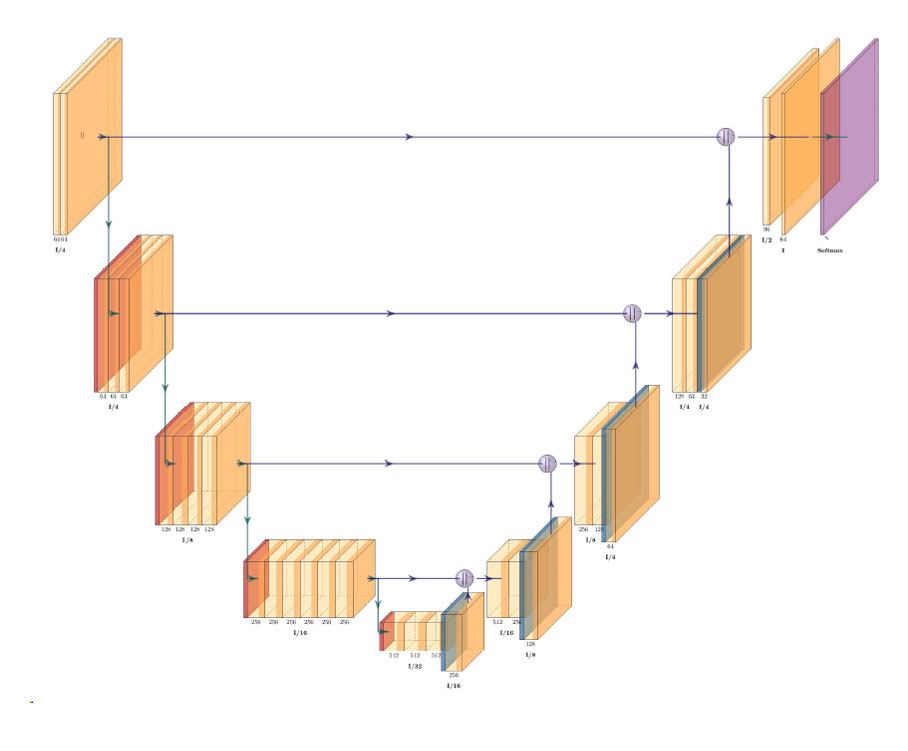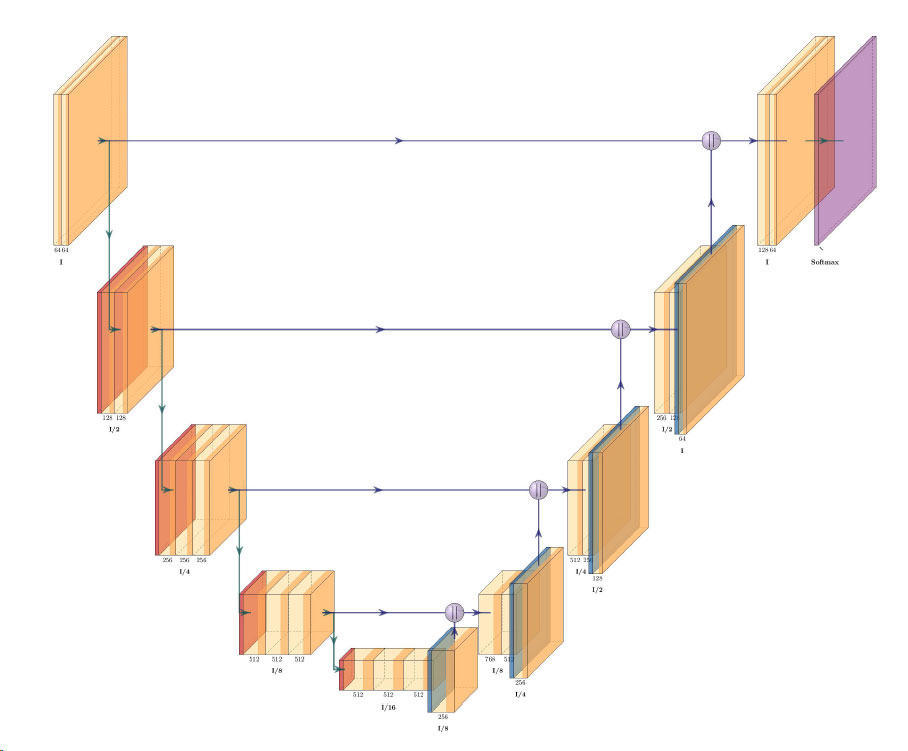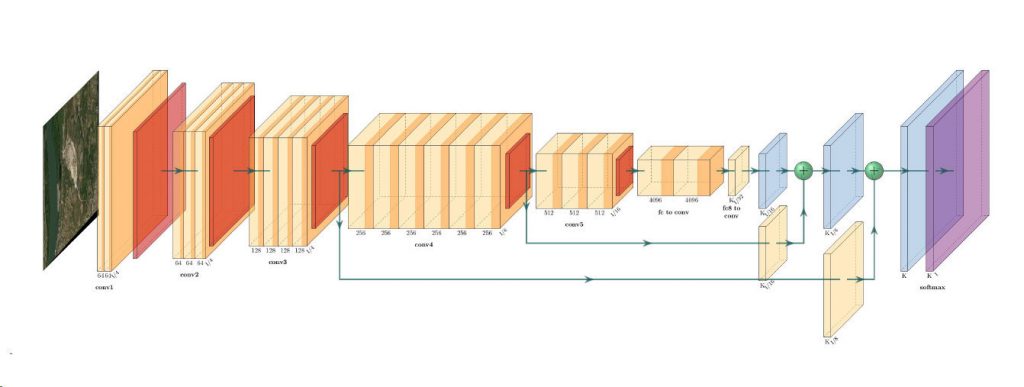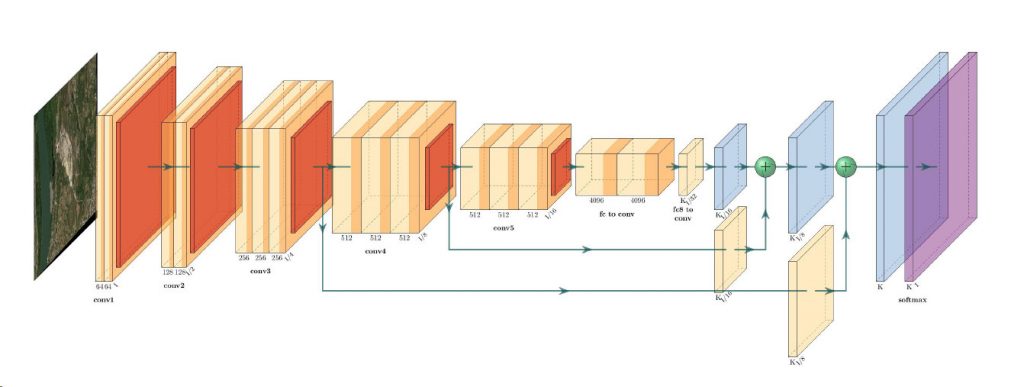Sun Glint Can Ruin Satellite Imagery. How Do We Avoid It?
- Zuzana Hajkova, Content Marketing Coordinator, EUSI
- 18 December, 2023
Sun glint occurs when sunlight reflects off water or another reflective surface at the satellite sensor, creating a bright glare in the image. That can make it impossible to extract useful information from satellite imagery. What do we do to minimise its impact?
What is sun glint?
Sun glint is the reflection of light in satellite or aerial imagery. It can look like a bright glare or blurry streaks of light, often obscuring the underlying features and making it challenging, if not impossible, to extract useful information from the data. Therefore, sun glint in satellite images is a major problem for most remote sensing projects.
This optical phenomenon occurs when a satellite collects an image over a reflective surface, such as:
- body of water (ocean, lake, or even a small pond)
- solar panel
- metal roof
- greenhouse
The reflection can vary in intensity, depending on the angle of the sun, the viewing angle of the satellite, or the roughness of the water’s surface. The calmer the water, the sunnier the day, and the lower the sun elevation, the higher the risk of sun glint occurring.
The science of water reflection
If a body of water was perfectly smooth and calm, it would act like a mirror, and sun glint would look like a series of glares along the satellite’s orbit. But that is usually not the case, as water is influenced by gusts of wind and currents, forming waves or underwater movements. This results in sun glint appearing as a vast area of blurry, glimmering streaks of light, changing the colour and texture of the water in the image.
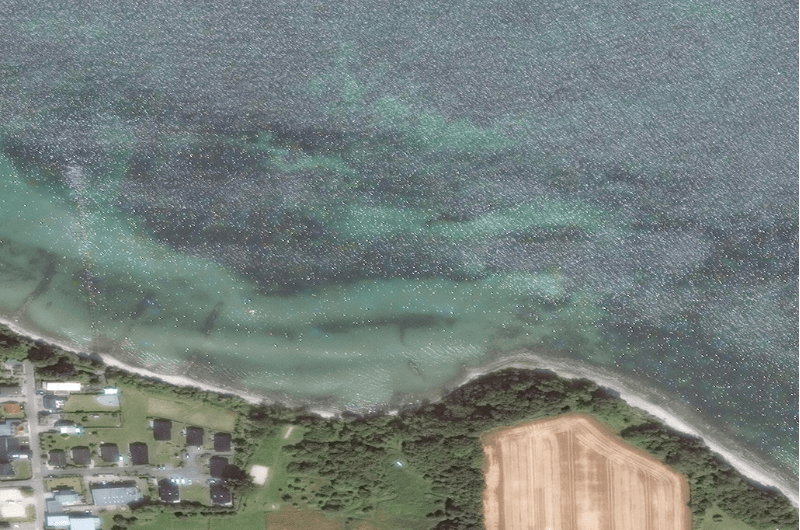
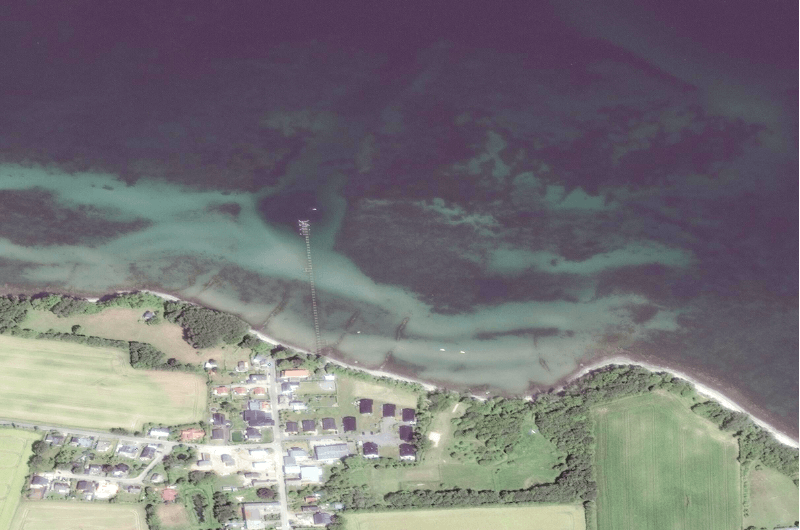
THE ROLE OF SUN ELEVATION
Sun glint is most pronounced when the sun is low on the horizon, either in the morning or evening. Latitude can also play a role, as the farther in the north and the south you go, the lower the sun is in winter. This angle of illumination increases the likelihood of sunlight reflecting off the surface directly into the satellite sensor.
REGIONAL DEPENDENCE
Between the latitudes of 30 °N and 30 °S, sun glint can be seen throughout the whole year. However, the phenomenon is not rare at higher latitudes either. Usually from March to September, sun glint occurs much farther north – in Italy, Germany, Norway, or even above the Arctic Circle – and much farther south.
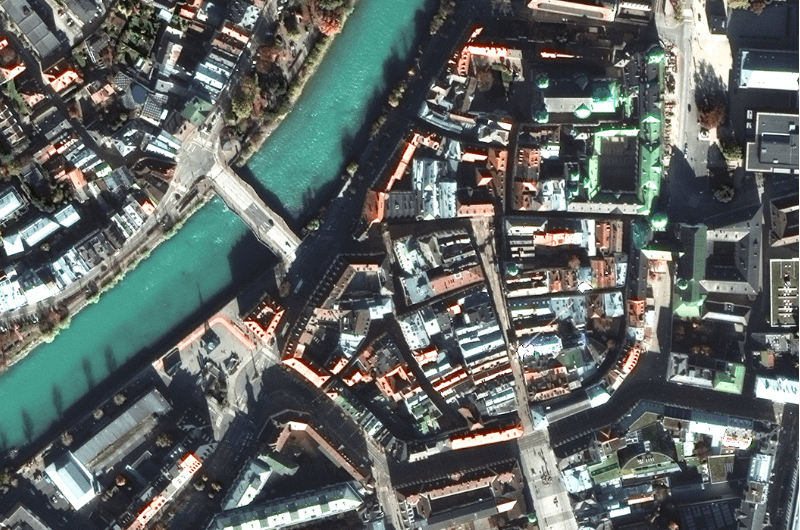
The angle of the satellite sensor plays a crucial role
Sun glint occurs when sunlight reflects off the surface at the same angle that the satellite sensor observes it. By adjusting the angle at which the satellite and its sensor image a target, it is possible to reduce or even completely avoid sun glint in satellite images.
EUSI follows a specific procedure to minimise the impact of sun glint on image quality
We use Intelligent Collection Planning (ICP), a process that combines automated imagery collection planning with manual adjustments by experts for further quality and efficiency. If a collection is scheduled over a sun glint region, our newest collection planning system automatically adjusts the collection plan to ensure the satellite’s looking direction to the area of interest doesn’t point to a region prone to sun glint.
Additionally, we manually refine the timing and angle of the imaging. It is not possible to completely eliminate 100% of all sun reflection in the images, however, our approach allows us to provide high-quality data with a minimum impact of sun glint, meeting even the most stringent technical requirements.
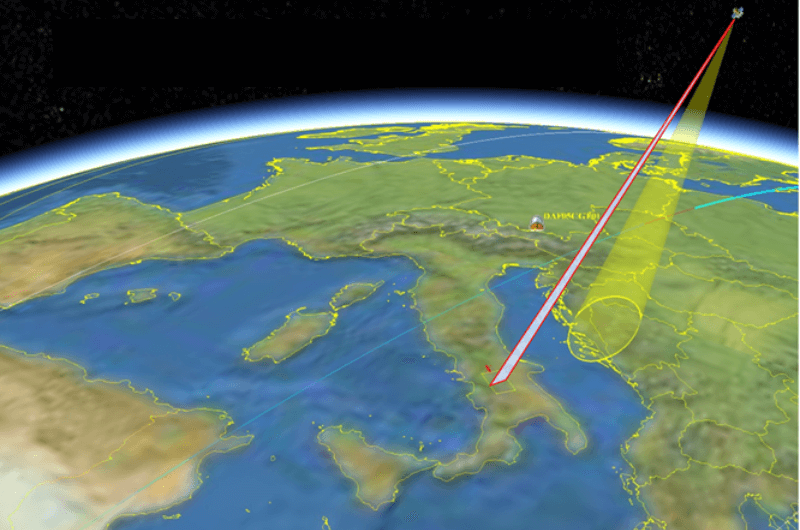
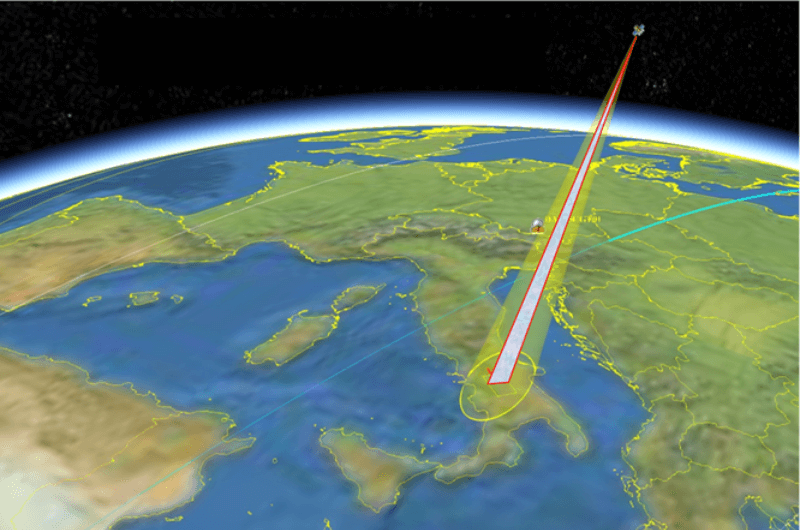
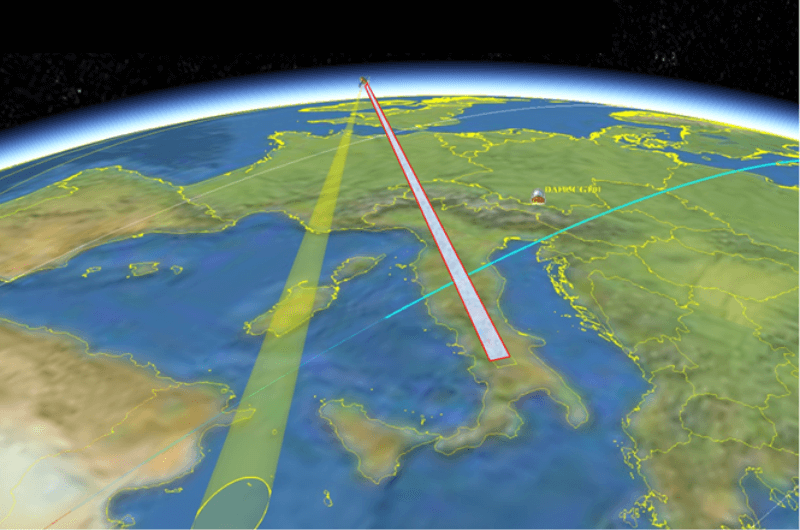
Related Stories
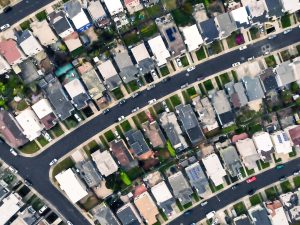
EUSI and Albedo Partner to Deliver 10 cm Resolution Satellite Imagery to Europe
It is our pleasure to announce the partnership with Albedo, a builder of high-performance spacecraft and the first satellite designed to operate commercially in VLEO (Very Low Earth Orbit). This partnership will bring the world’s highest resolution satellite imagery to the European and North African market.

Updating the Land Parcel Identification Systems in 2025: The Benefits of Using Satellite Images
Agricultural paying agencies across Europe face increasing challenges in maintaining accurate and up-to-date Land Parcel Identification Systems (LPIS), ensuring compliance with the Common Agricultural Policy (CAP) and supporting sustainable agricultural practices.

EUSI Confirms Uninterrupted Satellite Imagery Support for Ukraine and European Security
With the successful launch of Maxar Intelligence’s second set of WorldView Legion satellites, European Space Imaging (EUSI) will soon offer up to eight daily collection opportunities in key latitudes across Europe and North Africa – a number that will increase after the final WorldView Legion satellites are launched and all six satellites are operational.

Civil Mapping: Three Case Studies From Germany
Three land-surveying authorities finished large-scale mapping projects using very high resolution satellite images in 2024. These are the challenges, solutions and results:


